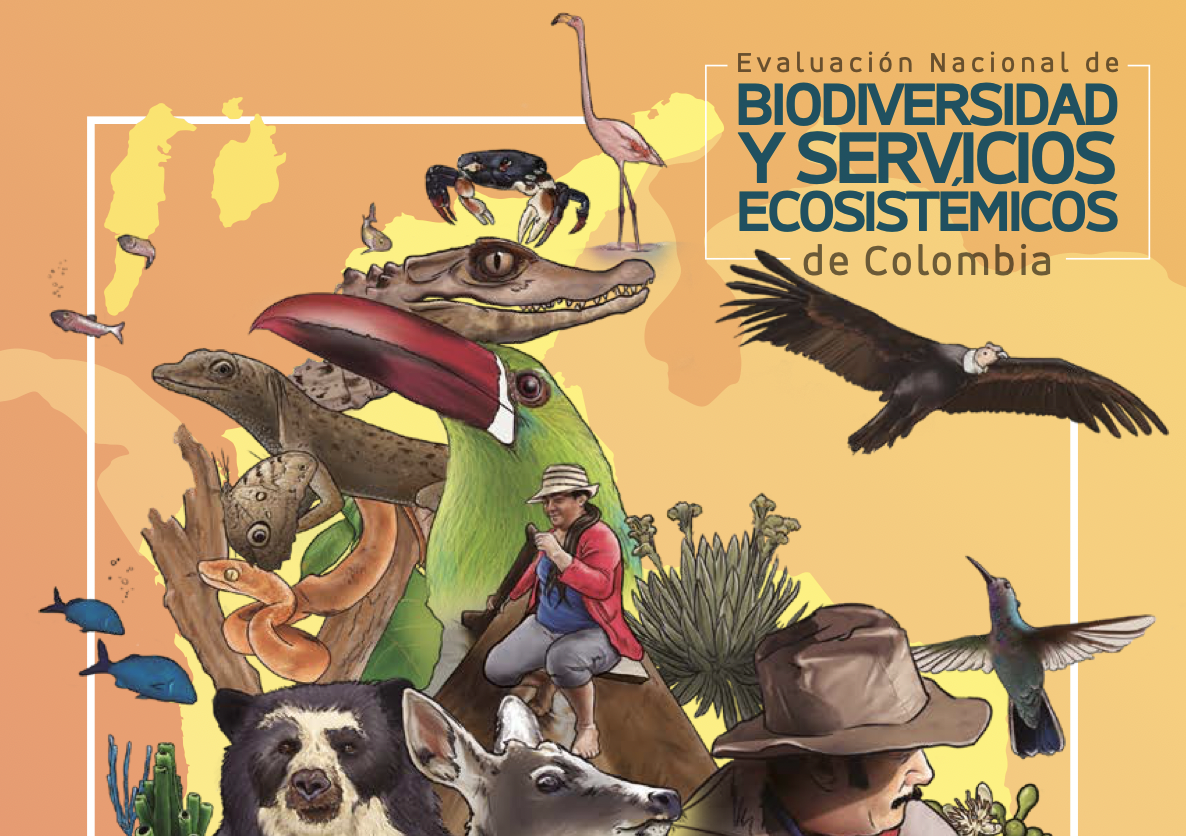Abstract Numerous studies document the extent and intensity of human appropriation of ecosystem services and the manipulation of Earth&apos’s surface and fluxes of water, sediment, and nutrients within the critical zone of surface and near-surface environments. These studies make it increasingly clear that wilderness is effectively gone. This paper explores the implications for critical zone studies and management from a geomorphic perspective. Geomorphologists possess knowledge of the long history of human alteration of the critical zone. This knowledge can be applied to characterizing: historical range of variability and reference conditions; fluxes of matter and energy; and integrity and sustainability of critical zone environments. Conceptual frameworks centered on connectivity, inequality, and thresholds or tipping points are particularly useful for such characterizations, as illustrated by a case study of beaver meadows in the Front Range of Colorado, USA. Specifically, for connectivity, inequality, and thresholds, geomorphologists can identify the existence and characteristics of these phenomena, quantify and predict changes resulting from past or future human manipulations, and recommend actions to restore desirable conditions or prevent the development of undesirable conditions. I argue that we should by default assume that any particular landscape has had greater rather than lesser human manipulation through time. This history of manipulation continues to influence critical zone process and form, and geomorphologists can use knowledge of the historical context in a forward-looking approach that emphasizes prediction and management.
Wilderness is dead: Whither critical zone studies and geomorphology in the Anthropocene?
Year: 2013

































































































































































































































































































































































































































































































































































































































































































































































































































































































































































































































